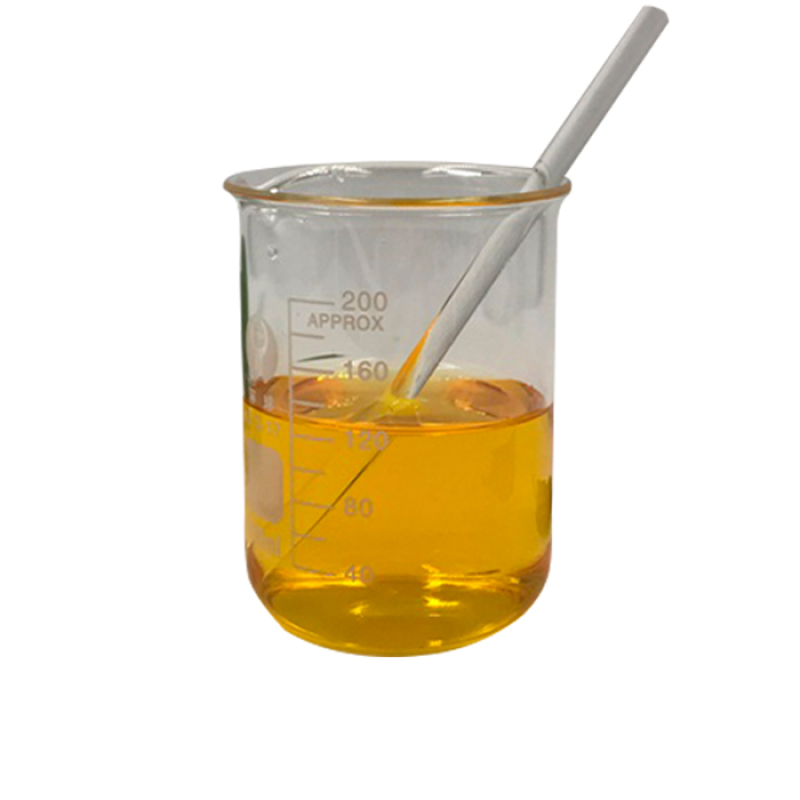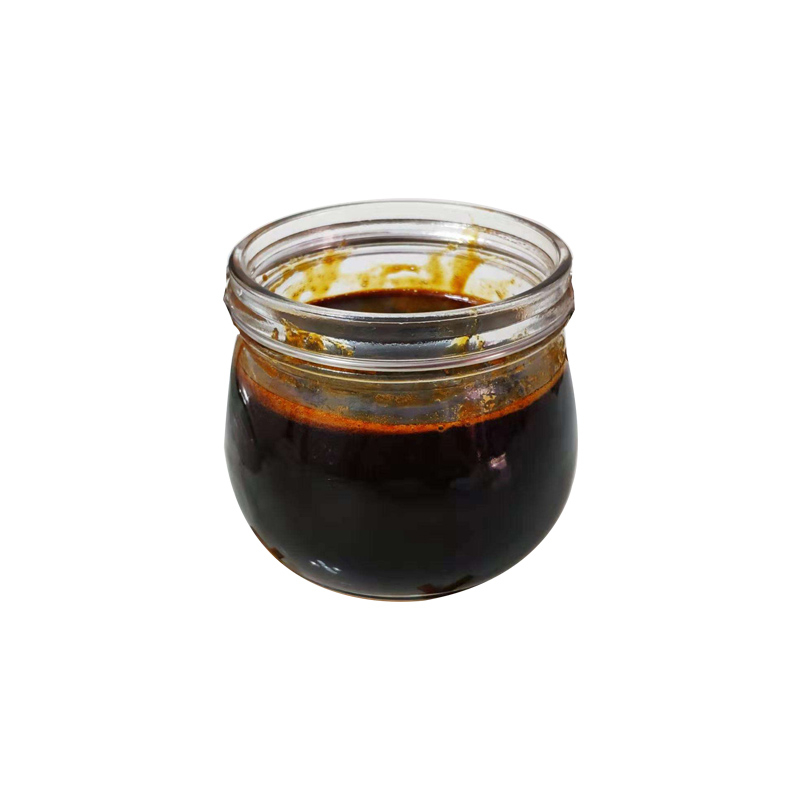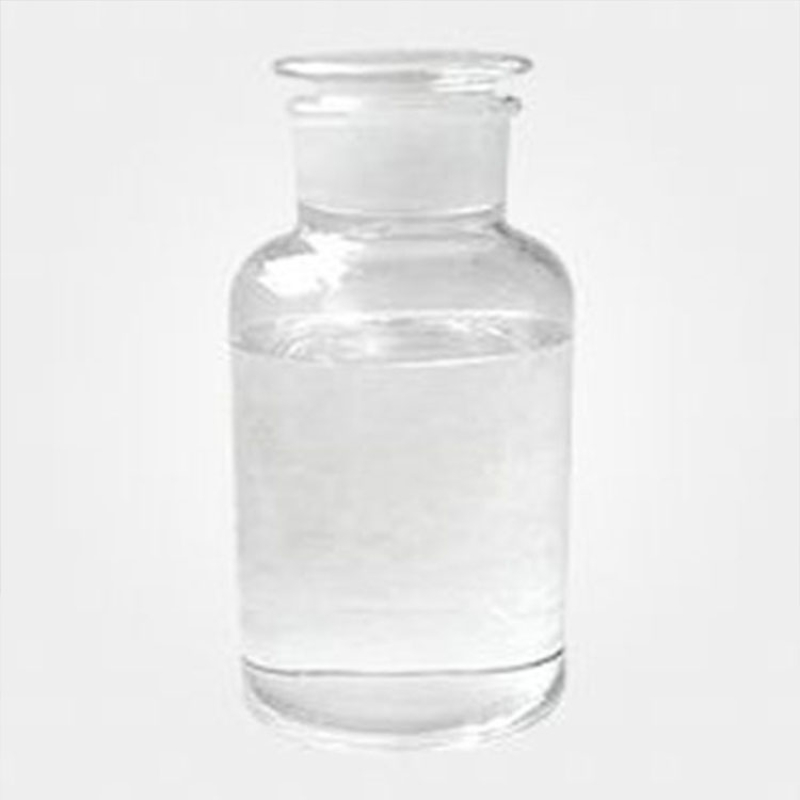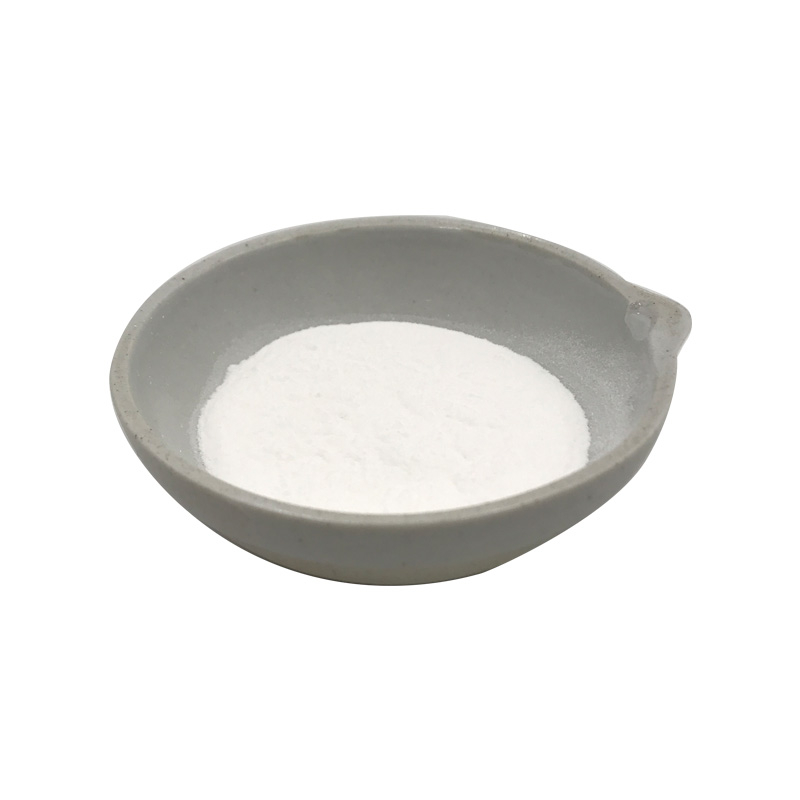Acrylonitrile CAS#107-13-1 Acrylonitrile is a colourless, flammable liquid. Its vapours might also explode when uncovered to an open flame. Acrylonitrile does now not take place naturally. It is produced in very giant quantities through numerous chemical industries in the United States, and its requirement and demand are growing in latest years. Acrylonitrile is a closely produced, unsaturated nitrile.
Contact Now
Products Description of β-Nicotinamide Mononucleotide CAS#1094-61-7Nicotinamide mononucleotide, also called β-nicotinamide mononucleotide (NMN), is a synthetic substrate for coenzyme I. NMN is also used in anti-aging research. Studies have shown that β-NMN can also regulate the secretion of insulin and also affect the expression level of mRNA.
Contact Now
Products Description of Tetrahydro-4H-pyran-4-one CAS#29943-42-8Tetrahydropyranone, also known as tetrahydropyran-4-one, is a chemical substance with the molecular formula C5H8O2.Tetrahydro-4H-pyran-4-one Chemical PropertiesBoiling point 166-166.5 °C (lit.)density 1.084 g/mL at 25 °C (lit.)refractive index n20/D 1.452(lit.)Fp 134 °Fstorage temp. Inert atmosphere,Room Temperatureform Liquidcolor Clear colorless to pale yellowWater Solubility MISCIBLEBRN 106463InChIKeyJMJRYTGVHCAYCT-UHFFFAOYSA-NCAS DataBase Reference29943-42-8(CAS
Contact Now
Products Description of (TETRAHYDRO-2H-PYRAN-4-YL)METHANOL CAS#14774-37-9(Tetrahydro-2H-pyran-4-yl)methanol is a basic organic chemical raw material and high-quality fuel.(TETRAHYDRO-2H-PYRAN-4-YL)METHANOL Chemical PropertiesBoiling point 105 °Cdensity 1.000±0.06 g/cm3(Predicted)Fp 61°(142°F)refractive index 1.4600storage temp. Sealed in dry,Room Temperatureform clear liquidpka14.85±0.10(Predicted)color Colorless to Light yellow to Light orangeWater Solubility Slightly soluble in water.CAS DataBase Reference14774-37-9(CAS DataBase Reference)Safety I
Contact Now
Products Description of 6-Methylpyridazin-3(2H)-One CAS#13327-27-06-Methyl-3(2H)-pyridazinone is a yellow crystalline powder with a melting point of 138°C.
Contact Now
Products Description of 4-Hydroxycoumarin CAS#1076-38-64-Hydroxycoumarin is a coumarin derivative, one of the most versatile heterocyclic scaffolds, commonly used in the synthesis of various organic compounds. 4-Hydroxycoumarin has electrophilic and nucleophilic properties. 4-Hydroxycoumarin appears as slightly yellow needle-shaped crystals.
Contact Now
Products Description of AMBERLITE(R) XAD-4 CAS#37380-42-0Ion exchange resin is a kind of functional polymer that can exchange with ions of the same sign in aqueous solution. It is essentially a cross-linked polymer acid or polymer base. Phenolic cation exchange resin was first introduced in 1935, and industrial production began in Germany in 1939 and the United States in 1941. After World War II, polystyrene and polyacrylic acid ion exchange resins were put into production one after another. After the 1960s, macroporous ion exchange resins were developed.
Contact Now
Products Description of 1H,1H,2H,2H-Perfluorodecyltriethoxysilane CAS#101947-16-4Organosilicon compounds and organosilicon materials made from them are of many varieties and excellent in performance. They have been widely used in industrial and agricultural production, emerging technologies, national defense and military industries, etc. The hydrosilylation reaction is one of the most important methods for generating Si-C bonds in organosilicon chemistry.
Contact Now
Products Description of Amoxicillin CAS#26787-78-0Amoxicillin, also known as amoxicillin or anmercillin, is one of the most commonly used broad-spectrum β-lactam antibiotics of the penicillin class. It is a white powder with a half-life of about 61.3 minutes. It is stable under acidic conditions, with a gastrointestinal absorption rate of 90%. It has strong bactericidal effects and the ability to penetrate cell membranes. It is also one of the semi-synthetic penicillins that are currently widely used in clinical practice.
Contact Now
1,4-Butanediol CAS#110-63-41,4-butanediol (1,4-BD) is a colorless, viscous liquid derived from butane with the aid of placement of alcohol organizations at every give up of its molecular chain and is one of 4 secure isomers of butanediol.the hydroxyl feature of every give up crew of the Butanediol reacts with exceptional mono- and bifunctional reagents: for instance with dicarboxylic acids to polyesters, with diisocyanates to polyurethanes, or with phosgene to polycarbonates.
Contact Now
Products Description of UV Absorber 326CAS#3896-11-5Ultraviolet absorbers refer to a kind of preparation that can prevent a large amount of ultraviolet rays from passing through.
Contact Now
Products Description of ICHTHOSULFONATE CAS#8029-68-3Ichthyol is a disinfectant and antiseptic drug. It is mainly used for furunculosis in clinical practice. It can also be used for phlebitis and combined with antibiotic ointment to treat early blepharitis. Ichthyol ointment has an anti-inflammatory effect, so it can be applied externally to treat folliculitis.
Contact Now
Products Description of Ambroxane CAS#6790-58-5Ambroxan is one of the most important components of natural ambergris and has been identified in the aromatic components of ambergris tinctures. Ambroxan has a strong, rich ambergris aroma with mild woody notes. Very good fixative, fragrance with ambergris flavor, as a substitute for natural ambergris. Ambergris is a whale excrement found on beaches and is no longer used in perfume production for ethical reasons. Natural ambroxan is used in perfumes and was discovered in 1949.
Contact Now
Products Description of Nonylphenol CAS#25154-52-3Nonylphenol is the most toxic and difficult to biodegrade pollutant among environmental hormones, which has a serious impact on the biological endocrine system. Therefore, the research on nonylphenol detection methods and its toxicological effects has important practical significance for ecological protection and human health.Many advances have been made in the sample pretreatment and determination methods of trace NP and other environmental hormones.
Contact Now
Products Description of Aminopyrazine CAS#5049-61-6Aminopyrazine is the matrix for the four-component synthesis of imidazolidinediones, an organic synthesis intermediate and a pharmaceutical intermediat.Aminopyrazine Chemical PropertiesMelting point 118-120 °C (lit.)Boiling point 167.6°C (rough estimate)density 1.1031 (rough estimate)refractive index 1.5200 (estimate)storage temp. Keep in dark place,Inert atmosphere,Room temperaturesolubility soluble in Methanolpka3.22±0.10(Predicted)form Crystalline Powdercolor Slightly yellow to beigeWater Solubil
Contact Now
Products Description of Nicotinamide Mononucleotide CAS#1094-61-7Nicotinamide mononucleotide, also known as β-nicotinamide mononucleotide (NMN), is a synthetic substrate of coenzyme I. At the same time, NMN is also used in anti-aging research. Studies have shown that β-NMN can also regulate the secretion of insulin and affect the expression level of mRNA. β-NMN has broad application prospects in the field of medical treatment. β-Nicotinamide mononucleotide is a product of the extracellular nicotinamide phosphoribosyltransferase (eNAMPT) reaction and a key NAD+ intermediate.
Contact Now
Products Description of Hexafluorobisphenol A CAS#1478-61-1Bisphenol AF is also known as hexafluorobisphenol A, 2,2-bis(4-hydroxyphenyl)hexafluoropropane, 2,2-bis(4-hydroxyphenyl)hexafluoropropane, etc., referred to as BPAF. It is slightly soluble in carbon tetrachloride, hardly soluble in water, and easily soluble in organic solvents such as ethanol, acetone, ether, toluene and strong alkali solutions.
Contact Now
Products Description of Hexafluorobisphenol A CAS#1478-61-1Bisphenol AF is also known as hexafluorobisphenol A, 2,2-bis(4-hydroxyphenyl)hexafluoropropane, 2,2-bis(4-hydroxyphenyl)hexafluoropropane, etc., referred to as BPAF. It is slightly soluble in carbon tetrachloride, difficult to dissolve in water, and easily soluble in organic solvents such as ethanol, acetone, ether, toluene, and strong alkaline solutions.
Contact Now
Products Description of METHYLENE BLUE CAS#61-73-4Methylene blue (MB) is a reducing agent that is easily soluble in water and easily crosses cell membranes. It has relatively no toxic side effects and is an approved clinical drug. Since its introduction to the biological community in the 19th century, methylene blue has been widely used: as a dye in neurochemicalbook anatomy and bacteriology; in biochemical research, methylene blue serves as an indicator of redox effects.
Contact Now
Products Description of 2-Fluoro thiophenol CAS#2557-78-02-Fluorobenzenethiol is a chemical substance with the molecular formula FC6H4SH.2-FLUOROTHIOPHENOL Chemical PropertiesBoiling point 61-62 °C/35 mmHg (lit.)density 1.2 g/mL at 25 °C (lit.)refractive index n20/D 1.557(lit.)Fp 118 °Fstorage temp. 2-8°Cpka6.00±0.43(Predicted)form clear liquidcolor Colorless to Light yellow to Light orangeSpecific Gravity1.20Sensitive StenchBRN 2039768CAS DataBase Reference2557-78-0(CAS DataBase Reference)NIST Chemistry ReferenceO-fluorothiophenol(25
Contact Now
Products Description of 1-Phenylpiperazine CAS#92-54-61-Phenylpiperazine is a chemical1-Phenylpiperazine Chemical PropertiesMelting point 18.8 °CBoiling point 286 °C(lit.)density 1.062 g/mL at 25 °C(lit.)refractive index n20/D 1.588(lit.)Fp >230 °Fstorage temp. 2-8°Csolubility Insolubleform LiquidpkapK1:8.71(+1) (25°C,μ=0.1)Specific Gravity1.062 (20/4℃)color Clear colorless to yellowWater Solubility InsolubleBRN 132157CAS DataBase Reference92-54-6(CAS DataBase Reference)NIST Chemistry ReferencePiperazi
Contact Now
Products Description of POLY(METHYLSILSESQUIOXANE) CAS#68554-70-1White powderPOLY(METHYLSILSESQUIOXANE) Chemical Propertiesdensity 1,08 g/cm3refractive index 1.42Fp >121°Csolubility Insoluble in water.form SolidSpecific Gravity1.08color Clear. White.EPA Substance Registry SystemSilsesquioxanes, Me (68554-70-1)Safety InformationRisk Statements 36/37/38Safety Statements 26-36/37/39TSCA YesFactory and Equipment ShowFast delivery timeInventory 2-3 working days New production 7-10 working days
Contact Now
Products Description of Poly(tetrahydrofuran)CAS#25190-06-1Polytetrahydrofuran is a white waxy solid that is easily soluble in alcohols, esters, ketones, aromatic hydrocarbons and chlorinated hydrocarbons, but insoluble in aliphatic hydrocarbons and water.
Contact Now
Products Description of Tetrabutylammonium Perchlorate CAS#1923-70-2Tetrabutylammonium perchlorate is used as a research compound, in medicine, and as an electrolyte in electrochemical gradeTetrabutylammonium perchlorate Chemical PropertiesMelting point 211-215 °Cdensity 1.0387 (rough estimate)refractive index 1.6800 (estimate)solubility acetonitrile: 0.1 g/mL, clear, colorlessform Crystalline Powdercolor WhiteWater Solubility Soluble in acetonitrile and ethanol.
Contact Now

































